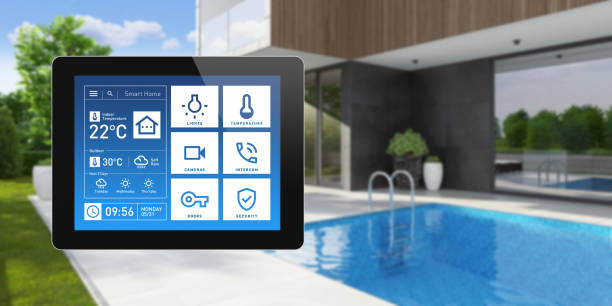
Myth: A solar monitoring system is an extra cost burden. !
Reality: A solar energy monitoring system allows live tracking and recording. This improves the performance of solar systems and provides a high return on investment.
Voltage, current and environmental factors affect the solar panel’s output. Solar energy systems do not require much maintenance. However, monitoring the solar panels in real-time is recommended to ensure they perform at their maximum capacity.
Innovative solar monitoring systems using the Internet of Things allow remote live tracking and recording of solar energy system operation.
In this article, we’ve discussed innovative solar monitoring systems and their importance in solar energy systems.
Why Use an Internet of Things-based Smart Solar Power Monitoring System?
Solar energy systems have interconnected components, such as solar panels and inverters.
Solar panels’ output varies depending on several environmental factors, such as the strength of solar radiation, the shadow cast by trees, meteorological conditions, and more. This requires constant monitoring, particularly for off-grid/remote systems.
Why would we need an intelligent solar monitoring system if a solar inverter could do the same thing? Inverters don’t provide real-time monitoring and recording of performance.
What does a Smart Solar Monitoring System do?
The intelligent PV monitoring system is a combination of hardware and software.
This internet platform uses sensors, dataloggers, and other components for real-time monitoring.
In the event of failure, the analyzed data can be sent via the Internet of Things to a mobile app for root cause analysis and predictive maintenance.
Data from real-time monitoring can be used for comparative analyses based on historical data and patterns.
Solar Monitoring Features
Data Acquisition & Communication
Solar inverters have communication modules that collect valuable information about the system’s performance. These modules are the eyes and ears of the solar inverter. They constantly collect and store information such as power output, voltage and current, energy production, and system status.
How do you transmit this data to a monitoring system? There are several different communication protocols in play. This is similar to connecting devices to the Internet using Ethernet or Wi-Fi cables. Solar inverters send collected data using similar technologies. They can communicate via Ethernet, Wi-Fi, cellular networks like 4G/5G or wireless technologies like Zigbee and Bluetooth.
